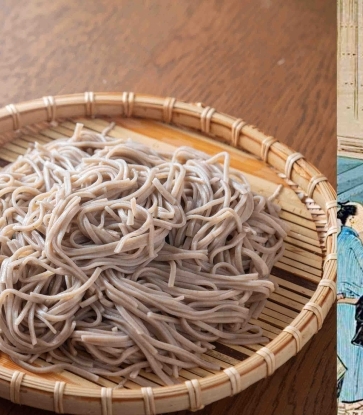
The Secret To Longevity
There could be up to a billion units of bacillus subtilis in every gram of natto. They are incredibly helpful in balancing gut flora to relieve constipation, gastroenteritis, diarrhea and other related problems. In addition, the slimy substance created from fermentation acts as a protective agent, covering the membrane on our intestines.
That’s far from the end of the fermented soya bean’s benefits. Nattokinase functions to dissolve the blood clots in our blood vessels, in doing so preventing heart attack, high blood pressure and stroke. Its rich calcium content also strengthens our bones and decreases the risk of osteoporosis. Soy isoflavone is a natural oestrogen that soothes the discomfort felt by women during menopause. Nevertheless, natto is a healthy food, not medicine. Those taking blood thinners or patients of hypothyroidism gout, serious stomach and kidney illnesses should eat it with caution.

Natto is most frequently eaten with white rice. If you can’t get over the strong smell but want to eat it to stay healthy, feel free to throw in some spring onion, bonito flakes, tsukemono, raw egg, shiso leaf or dried plum to turn it into a delicious treat. Spring onion and raw egg are a common pairing with natto on rice. Japanese also like to make natto fried rice seasoned with doubanjiang (broad bean chilli paste) for some fiery aroma. On another note, cool the rice first before mixing natto into it, as heat would damage nattokinase and lower its nutritional value.
To get extra mileage out of this superfood’s nutritional properties, don’t be afraid to go beyond Japanese food and pair it with kimchi and olive oil. Kimchi possesses lactobacillus kimchii that is easily absorbed by natto, while the oleic acid in olive oil aids intestinal movements. In other words, this is the holy trinity for your digestive system.
SEE ALSO: Kombucha: The March To Mainstream





















